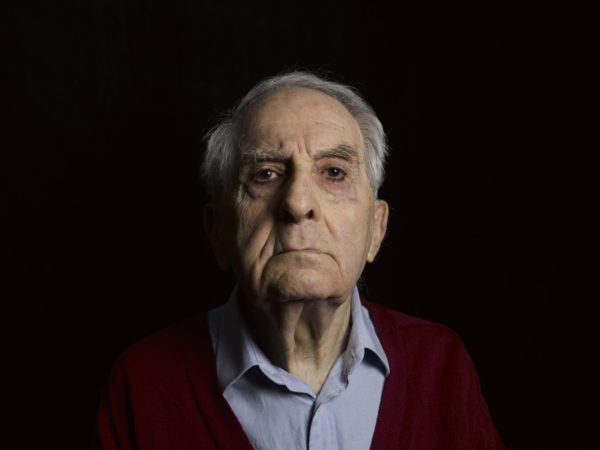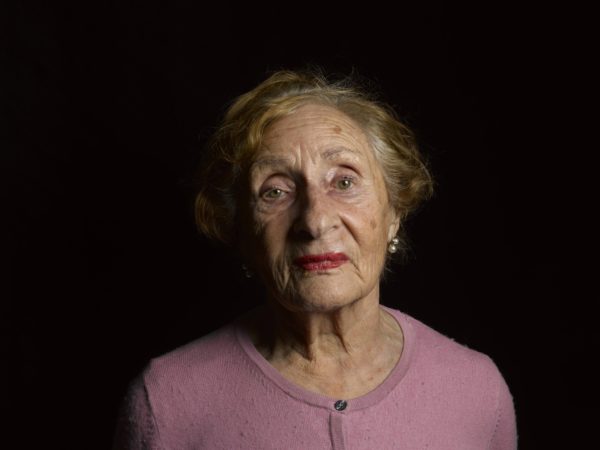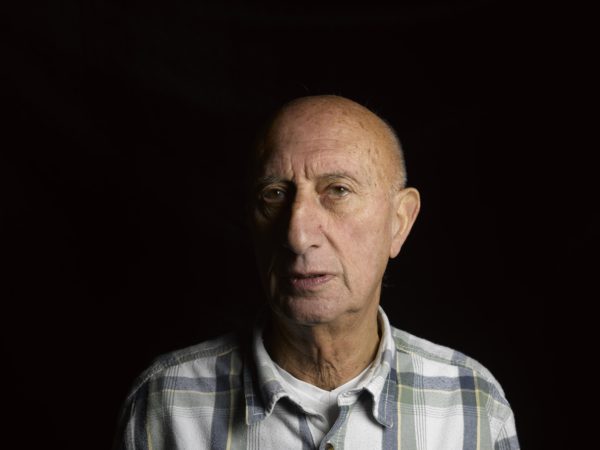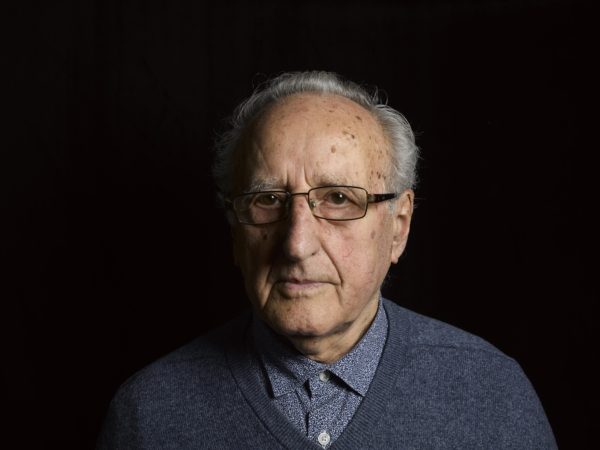Some survivors of the Holocaust were little more than children when they were subjected to cruelty beyond the imagination. The traumas they experienced are etched into their souls, if not their faces. Several of these individuals turn up in Arthur Cary’s absorbing documentary, The Last Survivors, which will be broadcast by the PBS television network in its Frontline series on Tuesday, April 30 at 10 p.m. (check local listings).
Cary’s interviewees live in Britain, but his film also unfolds in Germany, where the Holocaust was conceived and planned, and in Poland, where the Nazi regime built a chain of extermination camps ranging from Auschwitz-Birkenau to Treblinka.
The Last Survivors is being broadcast as the 74th anniversary of the end of World War II, on May 7, approaches and as the survivors reach the final years of their lives. As one of them, Anita Lasker-Wallfisch, says, “We are the last ones, when we’ve gone … Then it’s all in the history books.”
Gazing at a photograph, Frank Bright identifies two young people in the picture who were murdered in Auschwitz. As he reflects on what transpired in this camp in German-occupied Poland, he asks a searingly poignant rhetorical question: “Which of the flames is my mother?”

Susan Pollack murmurs, “We were fearful of what might happen.” Recalling her arrival in Auschwitz, she remembers being ordered out of the cattle car that had brought her to this unholy place. “Get out,” she heard a person shouting. Pollack barely had time to say goodbye to her mother, who was immediately sent to the gas chambers. “There were no parting words. There was just a hug and ‘I love you.'”

Maurice Blik, a sculptor, is not certain what happened to his father during the Holocaust. He still struggles with this conundrum, feeling somewhat guilty that he survived while his father was presumably killed. Blik’s wife points out that many of the faces on his sculptures bear an uncanny resemblance to his father.

Zigi Shipper admits he didn’t have a clue what awaited him when he reached Auschwitz.
Manfred Goldberg grew up fast in a Nazi camp. He mourns the loss of his younger brother, Herman, who disappeared upon his arrival there. “He appears to have vanished from the face of the earth,” he says. Goldberg returns to his hometown in Kassel, Germany, to dedicate a sidewalk plaque in Herman’s memory. As he reminisces, he recalls catching a glimpse of Adolf Hitler in 1937 as his motorcade drove through the city. Goldberg remains a “faithful” and “believing” Jew despite the horrors inflicted on him.
Ivor Perl, an inmate of Dachau, thinks back to the terrible days when passing birds reminded him of the freedom he had been deprived of by the Nazis. He visits Auschwitz in the company of his daughter and granddaughter, who can barely comprehend the terrors that greeted new arrivals.

Lasker-Wallfisch cannot make sense of the Holocaust, even to this day. “I wanted to have a normal life,” she says plaintively. Imprinted in her memory is the moment she arrived at a Nazi concentration camp and the curt instructions newcomers received from guards. “If it was to the left, you were going to live. If it was to the right, you were going to die,” she says dryly.
On a trip to Berlin, she visits the stark Memorial to the Murdered Jews of Europe. Later, she delivers an impassioned speech on racial hatred to the Bundestag. German Chancellor Angela Merkel listens intently as Lasker-Wallfisch speaks. She is trying to build bridges of understanding between Jews and Germans, but, as she freely acknowledges, she hates and despises Germans.
These are the mixed emotions that Holocaust survivors like her harbor as they cope with their feelings and traumas.